We all strive for a trimmer waistline and a healthier body. Stomach fat removal isn’t just about aesthetics; it’s about enhancing overall well-being. Understanding the diverse methods and strategies available is the first step toward achieving this goal.
Understanding Stomach Fat Removal
Stomach fat removal, also known as abdominal fat reduction or body contouring, targets excess fat in the abdominal region. It’s designed for individuals seeking a more contoured physique or struggling to lose stubborn belly fat through traditional means.
What Is Stomach Fat Removal, and Who Is It For?
Stomach fat removal encompasses various procedures aiming to reduce fat deposits in the abdominal area. Techniques like liposuction, tummy tucks, and non-invasive procedures target specific pockets of fat to sculpt and redefine the midsection. It’s suitable for those who:
- Struggle with persistent belly fat despite diet and exercise.
- Seek to enhance their body contours for aesthetic reasons.
- Have realistic expectations regarding the outcomes and recovery.
Body Contouring vs. Weight Loss
While weight loss targets overall body fat, stomach fat removal specifically focuses on the abdomen. Body contouring procedures refine the body’s shape by eliminating localized fat deposits, creating a more defined and toned appearance. Unlike weight loss, which addresses overall body fat, body contouring aims for targeted sculpting. It’s essential to understand that stomach fat removal isn’t a substitute for weight loss but a complementary approach to refine body contours.
Ultimately, stomach fat removal procedures offer individuals an opportunity to achieve a more sculpted midsection, but they work best when coupled with a healthy lifestyle that includes balanced nutrition and regular exercise.
Causes of Abdominal Fat
Abdominal fat accumulation is influenced by various factors, contributing to the buildup of fat in the midsection. Understanding these elements is crucial in managing and addressing this specific type of body fat.
Factors Contributing to Abdominal Fat Accumulation
Abdominal fat accumulation, often centered around the stomach area, can be influenced by various factors:
- Genetics: Genetic predispositions can dictate where your body stores fat, and some individuals are more prone to accumulating fat in the abdominal region.
- Lifestyle Habits: Sedentary lifestyles, poor dietary choices, excessive consumption of refined sugars, and high-calorie foods contribute significantly to abdominal fat buildup.
- Stress Levels: Elevated stress levels trigger the release of cortisol, a hormone linked to increased abdominal fat deposition. Chronic stress can lead to weight gain, particularly around the midsection.
- Hormonal Changes: Fluctuations in hormones, especially in women during menopause, can lead to increased abdominal fat storage.
- Lack of Sleep: Inadequate sleep disrupts hormone regulation, affecting appetite and increasing the likelihood of weight gain, especially in the abdominal area.
- Age: As individuals age, metabolism tends to slow down, leading to a natural tendency to accumulate abdominal fat.
Understanding these contributing factors helps in devising strategies to address abdominal fat accumulation, emphasizing lifestyle modifications, stress management, and a balanced approach to nutrition and exercise for effective fat reduction in the stomach area.
Non-Surgical Methods for Fat Reduction
In the pursuit of a slimmer physique, non-surgical fat reduction methods have gained traction as viable alternatives to invasive procedures. These approaches encompass various strategies, ranging from traditional lifestyle modifications to innovative non-invasive treatments.
Diet and Exercise for Fat Loss
The cornerstone of a healthy lifestyle remains diet and exercise. While spot reduction is a myth, targeted exercises can strengthen core muscles, contributing to a toned appearance. Incorporating cardiovascular workouts and strength training into a routine aids in burning overall body fat, including the abdomen. Coupled with a balanced diet rich in lean proteins, fruits, vegetables, and whole grains, this approach can gradually reduce excess fat around the stomach area.
Non-Invasive Fat Reduction Treatments
Advancements in technology have introduced non-invasive fat reduction treatments that target stubborn fat deposits without surgery. Procedures such as cryolipolysis, commonly known as CoolSculpting, use controlled cooling to freeze and eliminate fat cells. Similarly, laser therapy and ultrasound techniques disrupt fat cells, prompting the body to metabolize and naturally remove them over time.
Other non-invasive treatments like radiofrequency therapy employ heat to tighten skin and reduce fat. These procedures often require multiple sessions and show gradual results, making them suitable for individuals seeking non-surgical solutions with minimal downtime.
In conclusion, non-surgical methods for fat reduction offer diverse options catering to varying preferences and goals. While diet and exercise remain fundamental, innovative non-invasive treatments present viable alternatives for individuals looking to target specific areas of fat without undergoing surgery. Consulting with a qualified healthcare professional is essential to determine the most suitable approach based on individual needs and expectations.
Surgical Procedures for Stomach Fat Removal
Overview of Surgical Options
Surgical interventions for stomach fat removal offer immediate and more drastic results compared to non-surgical approaches. These procedures typically fall into two main categories: liposuction and tummy tucks (abdominoplasty).
- Liposuction
Liposuction involves the removal of excess fat through a suction technique. Surgeons make small incisions, insert a thin tube (cannula) to loosen fat cells, and suction them out. This method effectively targets localized fat deposits but may not address skin laxity.
- Tummy Tucks (Abdominoplasty)
Abdominoplasty, commonly known as a tummy tuck, addresses both excess fat and loose skin in the abdominal area. Surgeons remove surplus fat, tighten abdominal muscles, and eliminate excess skin to create a smoother, firmer abdominal profile. This procedure is more extensive than liposuction and is suitable for those with significant skin laxity or muscle separation, often post-pregnancy or weight loss.
Candidates for Surgical Fat Removal
Candidates considering surgical fat removal should meet specific criteria:
- Good overall health: Candidates should be in good general health to withstand surgery and the recovery process.
- Stable weight: Individuals should be close to their ideal weight or within a stable weight range before undergoing surgery.
- Realistic expectations: Understanding the limitations and potential outcomes of surgical procedures is crucial.
- Localized fat deposits: Ideal candidates have specific areas of stubborn fat that are resistant to diet and exercise.
Surgical procedures for stomach fat removal offer transformative results, but they come with associated risks and downtime. Consulting with a board-certified plastic surgeon is essential to determine candidacy and discuss personalized options based on individual needs and goals.
Liposuction for Abdominal Fat
How Liposuction Works
Liposuction is a surgical procedure designed to remove stubborn fat deposits from specific areas of the body, including the abdomen. The process involves several steps:
- Anesthesia: Before the procedure, local or general anesthesia is administered to ensure the patient’s comfort.
- Incisions: Small incisions are made in the targeted area.
- Tumescent Technique: A solution comprising saline, local anesthetic, and epinephrine is injected into the area to reduce bleeding and facilitate fat removal.
- Fat Removal: A thin tube, known as a cannula, is inserted through the incisions to loosen excess fat cells, which are then suctioned out using a vacuum-like device.
- Closing Incisions: After the fat removal, the incisions are closed with stitches.
Read more about : Types of breast surgery for cancer in UAE
Types of Liposuction Procedures
Several liposuction techniques exist, each offering unique advantages based on the patient’s needs and the surgeon’s expertise:
- Traditional Liposuction
This method involves the use of a cannula to manually break up and remove fat cells. It’s effective for larger areas and multiple treatment areas.
- Tumescent Liposuction
Tumescent liposuction, as mentioned earlier, involves the use of a fluid mixture to facilitate fat removal, reduce bleeding, and minimize discomfort during and after the procedure.
- Laser-Assisted Liposuction (Laser Lipolysis)
Laser liposuction uses laser energy to liquefy fat cells before suctioning them out. This technique can also stimulate collagen production, resulting in skin tightening.
- Ultrasound-Assisted Liposuction (UAL)
UAL uses ultrasonic energy to liquefy fat cells, making them easier to remove. It’s particularly useful for areas with denser fat deposits.
- Power-Assisted Liposuction (PAL)
PAL employs a mechanized cannula that vibrates or rotates to break up fat cells, making the removal process more efficient.
The choice of liposuction technique depends on factors such as the amount of fat to be removed, the specific area being targeted, and the patient’s individual characteristics and preferences.
Consulting with a qualified plastic surgeon is crucial to determine the most suitable liposuction technique for abdominal fat removal and to discuss expected outcomes, risks, and recovery procedures.
Recovery and Post-Procedure Care for Liposuction
Post-Procedure Recovery Timeline
The recovery process following liposuction for abdominal fat removal typically involves several stages:
- Immediate Post-Op: After the procedure, patients may experience some pain, swelling, bruising, and fluid drainage from the incision sites.
- First Few Days: Discomfort and swelling are common during this period. Patients may be advised to wear compression garments to minimize swelling and support the healing process.
- First Week: Most patients can return to light activities but should avoid strenuous exercises or heavy lifting.
- Two to Four Weeks: Swelling and bruising gradually subside during this period. Patients may start to notice initial results, but final outcomes may take several months to become fully apparent.
- Months Ahead: Full recovery may take several months, and the body continues to reshape as swelling diminishes and tissues settle.
Managing Discomfort and Swelling
To facilitate a smoother recovery and manage discomfort after liposuction, patients can follow these guidelines:
- Follow Post-Op Instructions: Adhere to the surgeon’s instructions regarding wound care, medications, and wearing compression garments as advised.
- Pain Management: Prescribed pain medications can help manage discomfort during the initial stages. Over-the-counter pain relievers may also be recommended.
- Compression Garments: Wearing compression garments as directed can reduce swelling, promote blood circulation, and aid in skin retraction.
- Rest and Activity: Adequate rest and avoiding strenuous activities in the initial weeks post-surgery are crucial for proper healing.
- Healthy Diet: Maintaining a balanced diet and staying hydrated can support the body’s recovery process.
- Follow-Up Appointments: Attend scheduled follow-up appointments with the surgeon to monitor progress and address any concerns.
Swelling is a natural part of the body’s healing process after liposuction. However, if swelling, pain, or other post-operative symptoms worsen or seem abnormal, it’s essential to contact the surgeon promptly.
Individual recovery experiences may vary, so patients should follow their surgeon’s specific post-operative care instructions for optimal healing and to achieve the desired results from the abdominal liposuction procedure.
Risks and Benefits of Stomach Fat Removal
Potential Risks and Complications
- Risks Associated with Surgery: Surgical procedures like liposuction and abdominoplasty carry inherent risks such as infection, bleeding, blood clots, and adverse reactions to anesthesia.
- Uneven Contouring: In some cases, irregularities in skin texture or contour may occur after fat removal, requiring corrective procedures.
- Nerve Damage: Numbness or changes in sensation around the treated area can occur temporarily or, in rare cases, persist.
- Fluid Accumulation: Seromas or fluid collections may develop under the skin, necessitating drainage.
- Scarring: Surgical procedures may lead to visible scars, which can vary in appearance based on the individual’s healing process and the surgical technique used.
Benefits of Stomach Fat Reduction Procedures
- Improved Body Contour: Stomach fat removal procedures like liposuction or abdominoplasty can significantly improve body shape and contour by eliminating stubborn fat deposits and tightening loose skin.
- Enhanced Confidence: Achieving a flatter, more toned abdomen often boosts self-confidence and body image.
- Health Benefits: Reduction of excess abdominal fat can potentially improve overall health by reducing the risk of obesity-related conditions such as diabetes, cardiovascular diseases, and hypertension.
- Long-Term Results: Surgical fat removal procedures offer long-lasting results when coupled with a healthy lifestyle, as the removed fat cells do not typically regenerate in treated areas.
- Clothing Fit: Clothes may fit more comfortably and look better after achieving a slimmer abdominal profile.
While stomach fat removal procedures offer substantial benefits in enhancing physical appearance and potentially improving health, they are not without risks. It’s crucial for individuals considering these procedures to thoroughly discuss the potential risks, benefits, and realistic expectations with a qualified plastic surgeon. A personalized approach and understanding of individual health factors are essential in making informed decisions regarding these treatments.
Cost and Considerations for Stomach Fat Removal
Factors Affecting the Cost of Stomach Fat Removal
- Procedure Type: Different techniques (like liposuction, abdominoplasty) have varying costs due to their complexity and the equipment involved.
- Extent of Treatment: The amount of fat to be removed and the size of the treatment area influence costs.
- Surgeon’s Expertise: Highly experienced surgeons often charge higher fees.
- Geographical Location: Costs can vary significantly based on location, with urban areas typically having higher prices.
- Facility Fees: Hospital or surgical facility fees, anesthesia fees, and post-operative care can contribute to the overall cost.
- Additional Procedures: Combined procedures or any supplementary treatments may increase the total cost.
Choosing a Qualified Healthcare Provider
- Board Certification: Ensure the surgeon is certified by a recognized board and has specific training and expertise in the desired procedure(s).
- Experience and Reputation: Research the surgeon’s track record, including before-and-after photos, patient reviews, and testimonials.
- Facility Accreditation: Verify that the surgical facility maintains proper accreditation and adheres to safety standards.
- Personal Consultation: Schedule a consultation to discuss your goals, concerns, and expectations. This allows you to gauge the surgeon’s approach and expertise.
- Clear Communication: A competent surgeon should be able to explain the procedure, associated risks, expected outcomes, and recovery process clearly.
- Comfort Level: Trust your instincts and ensure you feel comfortable and confident with the chosen healthcare provider.
The cost of stomach fat removal procedures can vary significantly and is influenced by multiple factors. While cost is an important consideration, prioritizing the qualifications, experience, and reputation of the healthcare provider is crucial to ensure safety and satisfactory results. Take the time to research and choose a qualified and reputable surgeon who can address your specific needs and provide personalized care throughout the process.
FAQS about Stomach Fat Removal
How much does it cost to remove belly fat in UAE?
The cost of belly fat removal procedures in the UAE can vary based on several factors, including the specific procedure (liposuction, tummy tuck, etc.), the extent of treatment required, the surgeon’s expertise, and the facility where the procedure is performed. Costs typically range from several thousand to several tens of thousands of dirhams, depending on these variables.
What is the best surgery for belly fat?
The “best” surgery for belly fat varies depending on individual circumstances. Liposuction is effective for targeted fat removal, while a tummy tuck (abdominoplasty) addresses both excess fat and loose skin. The choice between procedures depends on factors such as the amount of fat, skin laxity, and the patient’s desired outcome. Consulting with a qualified surgeon is essential to determine the most suitable option.
Can belly fat be permanently removed?
Surgical procedures like liposuction and tummy tucks can permanently remove fat cells from targeted areas. However, maintaining results depends on maintaining a healthy lifestyle. While the removed fat cells do not regenerate, weight gain can cause remaining fat cells to expand, potentially affecting the treated area’s appearance.
How much is a mini tummy tuck in UAE?
The cost of a mini tummy tuck in the UAE varies and is influenced by factors similar to those affecting other procedures. Mini tummy tucks are less extensive than full abdominoplasty and focus on addressing lower abdominal concerns. Costs can range from a few thousand to several thousand dirhams, but exact prices depend on the surgeon, location, and specific patient needs.
It’s important to schedule a consultation with a qualified plastic surgeon in the UAE to discuss individual concerns, assess candidacy, and receive personalized information about procedures, costs, and expected outcomes.


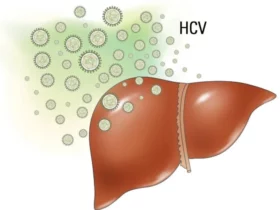
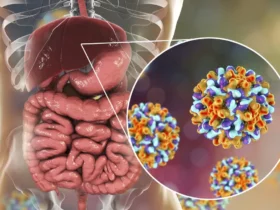
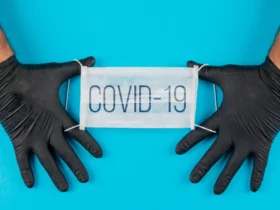

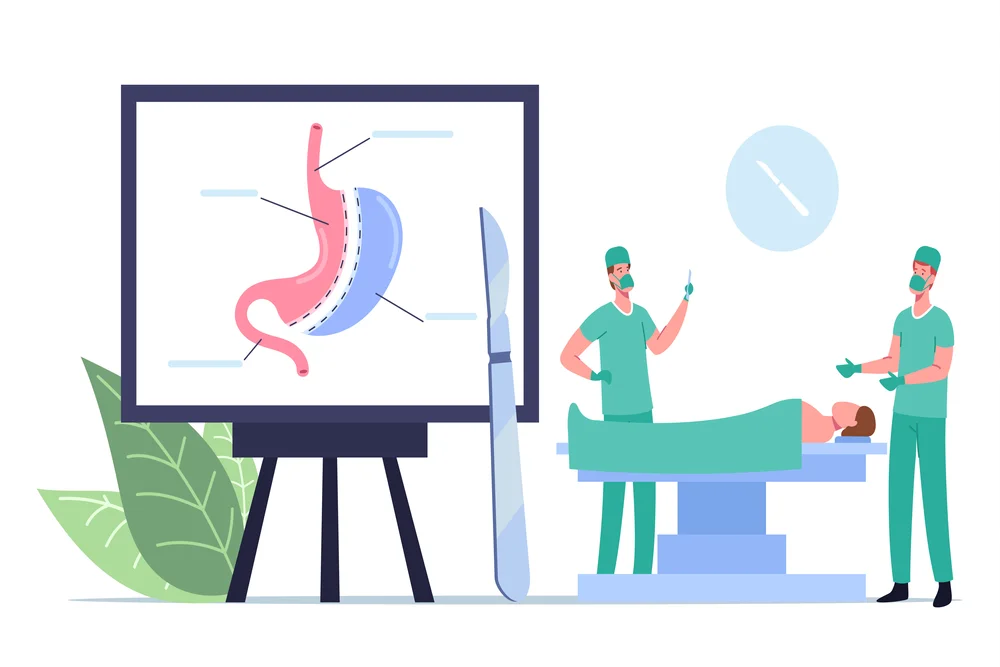

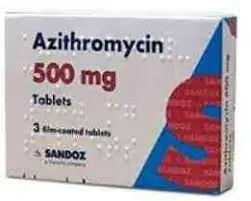
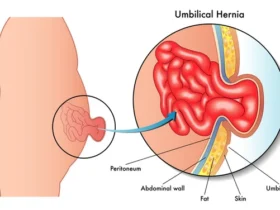
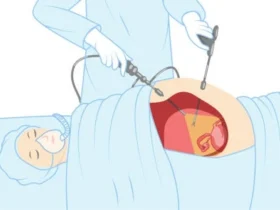

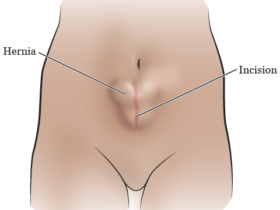

Leave a Reply